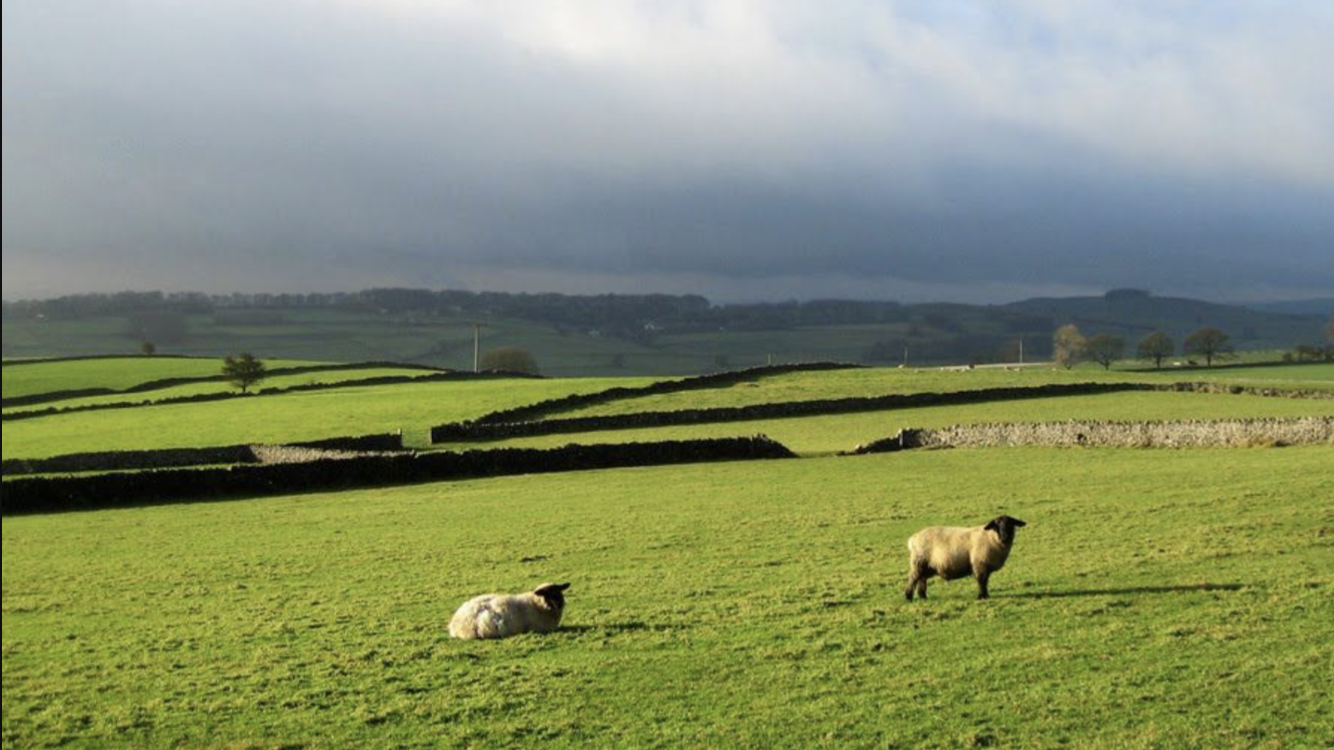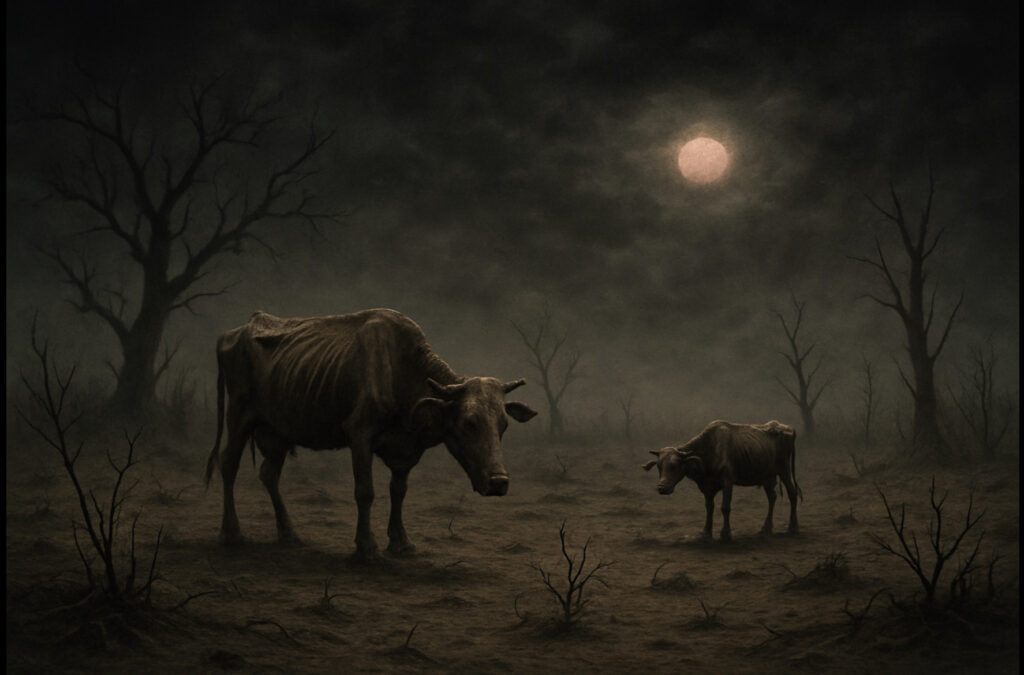Address
Chapel en le Frith, High Peak, Derbyshire
Work Hours
Monday to Friday: 9AM - 7PM
Weekend: 10AM - 5PM


Dimming the Sun: A Dangerous Game with Our Food and Farms
In a move that sounds more like science fiction than sound science, the UK government is preparing to fund up to £50 million in experiments aimed at dimming the sun. This is part of a broader push towards geoengineering — deliberate, large-scale intervention in the Earth’s climate system — under the guise of tackling so-called climate change. Among the plans being floated are the injection of aerosols into the stratosphere and the brightening of marine clouds to reflect sunlight away from Earth.
The government assures us that these experiments are “safe by design”. But any farmer who works with nature knows instinctively that tampering with something as fundamental as sunlight is anything but safe. The sun is not the enemy — it is the very basis of life on this planet. Plants need sunlight to grow, animals need it for health, and humans rely on it not just for food, but for essential vitamin D.
Dimming the sun would mean dimming photosynthesis — the process that feeds every living thing on Earth. Reduced sunlight can slow crop growth, delay ripening, and ultimately lead to lower yields. In places already struggling with marginal soils and short growing seasons, it could spell disaster. What’s more, changing sunlight patterns could disrupt rainfall, potentially throwing seasonal cycles into chaos. Farming depends on stable, predictable weather. This kind of experimentation risks undermining centuries of experience and adaptation.
Then there is the issue of the aerosols themselves — fine particles released into the upper atmosphere that eventually settle back down to Earth. Where do they land? On our fields, our livestock, our water supplies. Even if the substances are not labelled as toxic, we have no way of knowing how they interact with the delicate balance of soil life, pollinators, and ecosystems that support food production. It took us long enough to wake up to the damage caused by pesticides — are we about to repeat the same mistake on a global scale?
The notion that such experiments are reversible or temporary is a dangerous illusion. Once we start interfering with the sun’s natural light, we become locked into a system that requires constant tinkering. If the spraying were ever stopped abruptly, models suggest a sudden spike in global temperatures — something that could be catastrophic for ecosystems and human systems alike. In other words, once we start, we may not be able to stop.
At its heart, this is not about science — it is about control. Control over the weather, over the climate, and ultimately over the food system itself. It takes decision-making out of the hands of communities and farmers and places it in the grip of technocrats and government agencies who answer to no one but their funders.
The future of farming lies not in dimming the sun but in working with it. Regenerative agriculture, local food systems, real soil care — these are the answers to our environmental challenges. They do not require billion-pound experiments, just a bit of common sense and respect for nature’s rhythms.
We farmers feed the nation. We understand the land. And we should have a voice in decisions that could impact every field, every pasture, and every plate in the country. Dimming the sun is not the solution — it is a warning sign of how far removed policy has become from the practical realities of food and farming.
Let’s speak up before they dim the lights on us all.